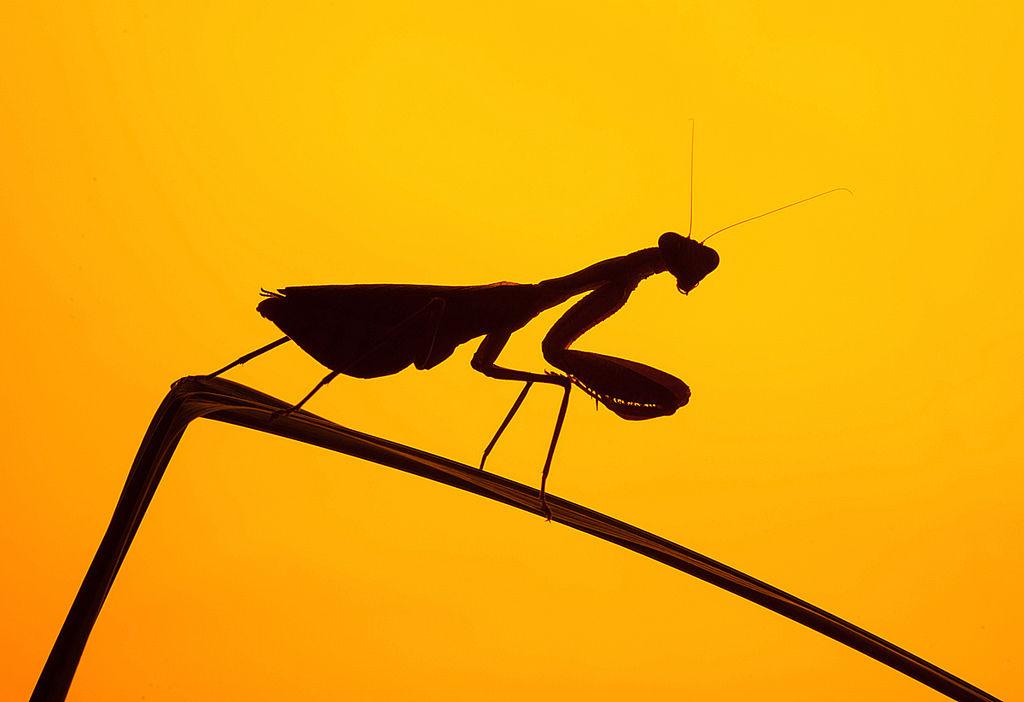When it comes to the world of science, discoveries and breakthroughs are made every day. To help you keep up with them, The Battalion compiles a few of the most compelling scientific stories from this past week.
Biology: New self-healing electronic “skin” gives amputees a sense of temperature and pressure on prosthetic limbs
New research from the University of Colorado Boulder shows advancements in prosthetic limbs by developing new electric skin, known as “e-skin” for short. The new skin has the ability to sense pressure, which is a important factor to improving prosthetic limbs.
When a limb is wrapped in the e-skin, it can sense when it’s holding something light and delicate like a glass cup. This can save mechanical hands from accidentally crushing something when in use. The newly developed skin can also be used to sense temperature, which gives prosthetic users a chance to sense things like fevers and sickness.
The newly researched skin is created by a network of polyimine and silver nanoparticles, which provide strength and electrical conductivity. The material is recyclable and can heal itself just by mixing the compounds found in ethanol.
Environment: 15 million gallons of mercury could be under the ocean in permafrost
A new study published in the Geophysical Research Letters journal found over 15 million gallons of mercury could be in permafrost in the Northern Hemisphere. This is over twice the amount of mercury that can be found in the remainder of Earth’s soils, ocean and atmosphere.
Permafrost is any given soil that is frozen for more than two years and accounts for 8.8 million square miles of land in Northern Hemisphere. The study had researchers drill 13 permafrost soil cores from various sites between 2004 and 2012. From there, the total amount of mercury and carbon was taken. By estimating the amount of mercury in each sample, the total amount was estimated to be 15 million gallons.
Permafrost thawing has already occured due to climate change and the Northern Hemisphere could lose 30 to 99 percent of its permafrost by the year 2100, according to a 2013 study. If the permafrost is thawed and mercury is released, the researchers said it could seep into water and transform into methylmercury, a toxin that can cause motor impairment and birth defects in animals. The researchers are working on a follow up that is modeling the release of permafrost due to climate change.
Animal Science: World’s tiniest 3-D glasses reveal how praying mantises see the world
Praying mantises are the only invertebrates known to see in 3-D, but their depth perception only works when the prey they are targeting is moving. In a new study, scientists glued the world’s tiniest 3-D glasses on 20 praying mantises to examine exactly how the insect preys on its victims.
With the 3-D glasses on, scientists showed the mantises a series of movies showing patches of moving dots that can be seen as potential “prey items” camouflaged against a matching background. With the “prey” appearing within 2.5 centimeters, the insects tried to capture the dot configuration.
Humans see in 3-D by using both eyes to bring the images together. The mantis’ is different, only bringing images together when motion occurs. This method of sight is the first of its kind to be found in nature.
This week in science
February 14, 2018
Photo by Creative Commons
This Week in Science
0
Donate to The Battalion
Your donation will support the student journalists of Texas A&M University - College Station. Your contribution will allow us to purchase equipment and cover our annual website hosting costs.
More to Discover








